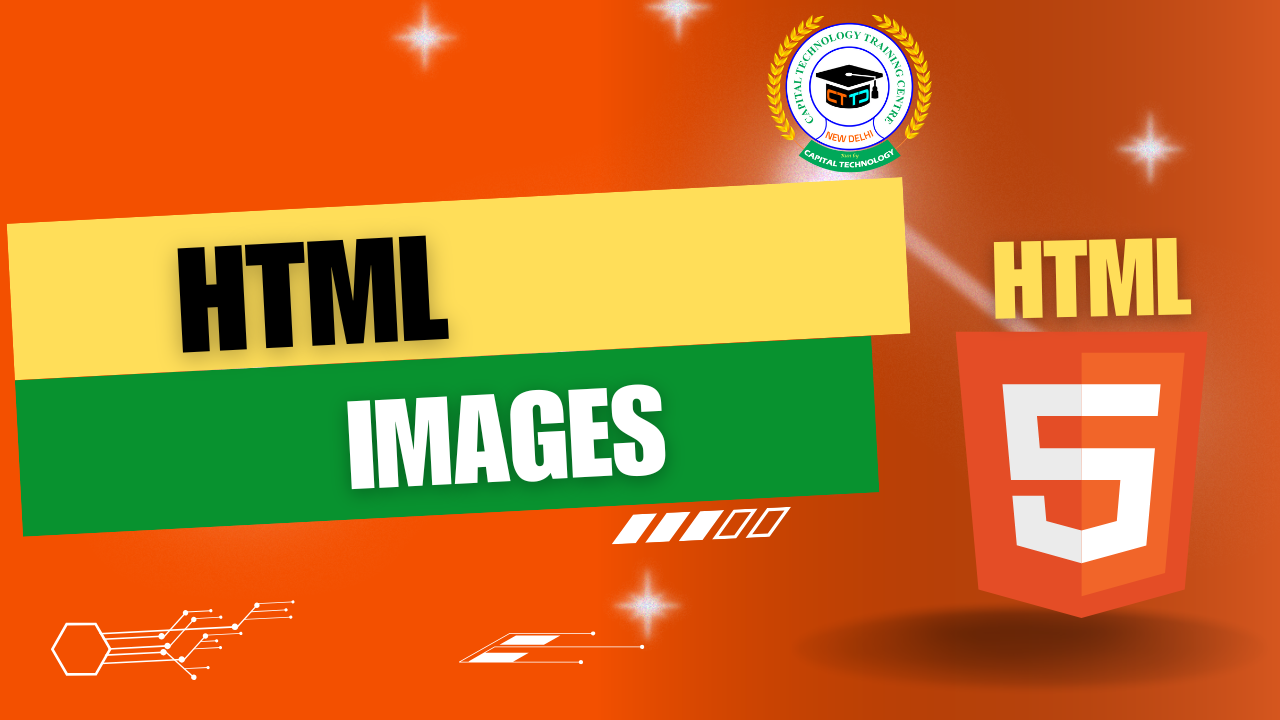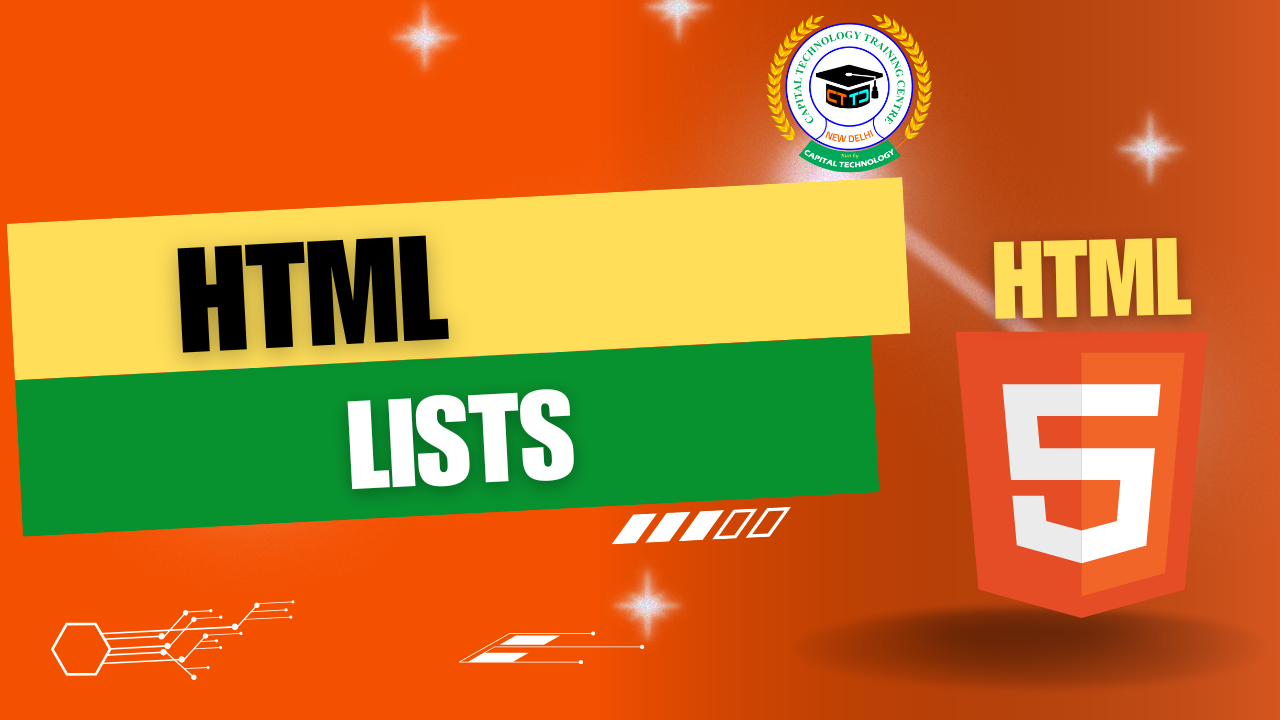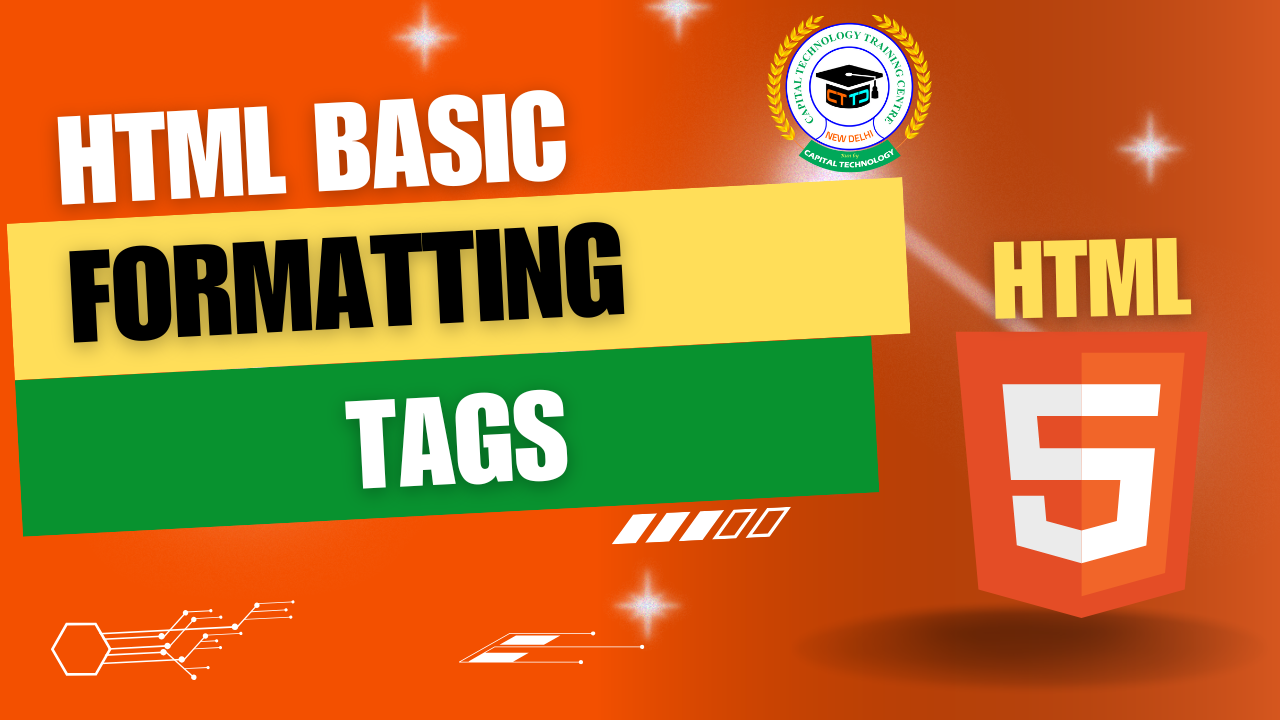– Adding and Enhancing Images in Web Pages
Images are a powerful way to make websites more attractive, engaging, and informative. Whether it’s a logo, product photo, infographic, or icon — images enhance the user experience dramatically.
In this blog, we’ll explore how to:
- Embed images in HTML pages
- Use image attributes effectively
- Understand and apply image mapping to create clickable areas within a single image
Inserting Images in HTML
To add an image to a web page, HTML provides the <img> tag. This is a self-closing tag that requires several key attributes.
✅ Basic Syntax:
html
CopyEdit
<img src=”image.jpg” alt=”Description” width=”300″ height=”200″>
| Attribute | Description |
| src | Specifies the path (URL or file name) of the image |
| alt | Text that appears if the image fails to load (for accessibility) |
| width | Width of the image (in px or %) |
| height | Height of the image (in px or %) |
Example:
html
CopyEdit
<img src=”sunset.jpg” alt=”Sunset View” width=”400″>
Why Use Images in Web Design?
- ✅ Improve visual appeal
- ✅ Convey complex information quickly
- ✅ Create stronger branding
- ✅ Support storytelling and user engagement
What is Image Mapping in HTML?
Image mapping is a technique that allows you to define multiple clickable areas (hotspots) on a single image. Each area can link to a different URL or action — perfect for interactive maps, product showcases, and infographics.
How Image Mapping Works
Image mapping is done using:
- The <img> tag with a usemap attribute
- The <map> tag to define regions
- <area> elements to define the clickable zones
✅ Example: Clickable World Map
html
CopyEdit
<img src=”world-map.jpg” usemap=”#worldmap” width=”500″ alt=”World Map”>
<map name=”worldmap”>
<area shape=”rect” coords=”50,60,150,160″ href=”usa.html” alt=”USA”>
<area shape=”circle” coords=”300,150,40″ href=”europe.html” alt=”Europe”>
<area shape=”poly” coords=”400,200,450,250,420,300″ href=”asia.html” alt=”Asia”>
</map>
| Attribute | Purpose |
| shape | Defines the clickable area shape (rect, circle, poly) |
| coords | Coordinates of the shape (in pixels) |
| href | Link to go to when the area is clicked |
| alt | Description of the area (for accessibility) |
Explanation of Shapes
- rect (rectangle): Requires 4 values: x1, y1, x2, y2
- circle: Requires 3 values: center-x, center-y, radius
- poly (polygon): Requires a list of x,y points: x1,y1,x2,y2,…
Use Cases for Image Mapping
- Interactive floor plans
- Clickable infographics
- E-commerce product previews (clickable clothing items)
- Geographical maps with region-specific links
⚠️ Best Practices
- Always use descriptive alt text for accessibility
- Use correct and accurate coordinates (tools like image-map.net can help!)
- Test responsiveness — image maps can behave differently on mobile unless adjusted
Conclusion
HTML images not only add beauty to web pages, but also improve communication. By learning to embed images and use image mapping, you can build interactive, informative, and engaging websites.
“A single image can say a thousand words — and with image mapping, it can link to them too!”




